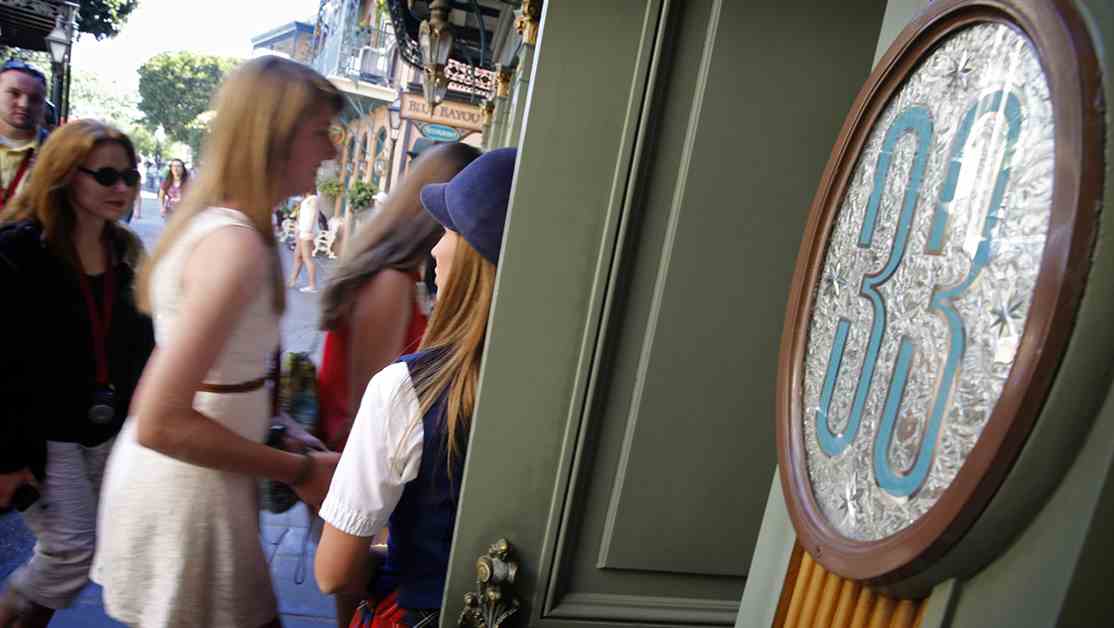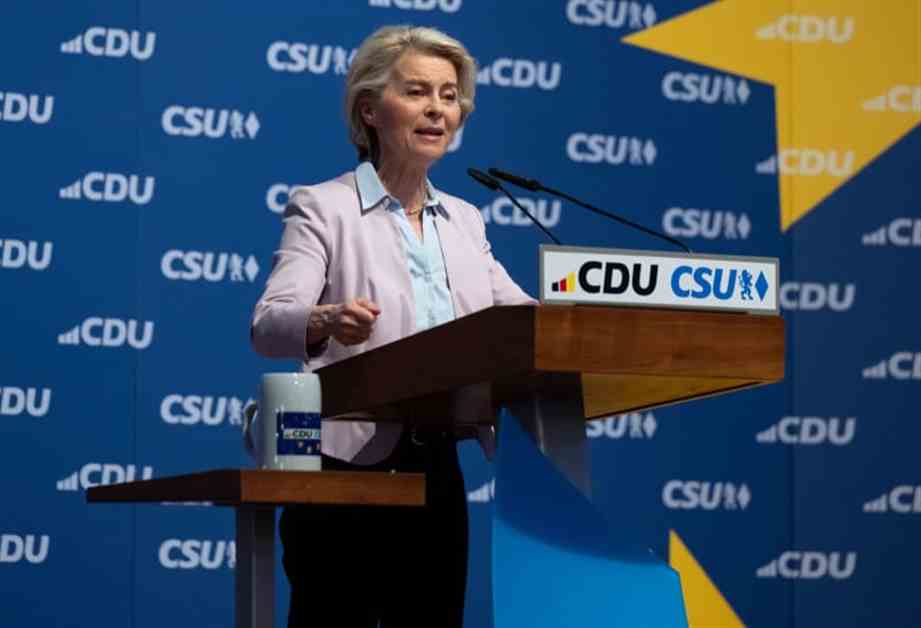That Carlism was always a problem for Franco is no secret. From the Civil War, when the rebellious General Staff turned several thirds of Requetés into cannon fodder – the Catalan Montserrat was left to its fate in the Battle of the Ebro without artillery or transport units – until its forced absorption as a political force. in the Traditionalist Spanish Falange (FET), even losing its reference to Archduke Charles, and the expulsion from Spain of Javier de Borbón Parma after being proclaimed king of Spain in Barcelona during the celebration of the Eucharistic Congress of 1952 and even of his son Carlos Hugo after intervene in the Via Crucis of Montejurra in 1957, considered by various historians as the first great anti-Franco act of the dictatorship.
In this context, no one was surprised that Carlism often showed its belligerence to the regime, particularly since Francisco Franco himself negotiated with Juan de Borbón in 1948 for the return of his son Juan Carlos to Spain to redirect the dynastic inheritance of the Since the Law of Succession approved a year before, it was a Kingdom without a king. A trend that grew throughout the decades of the 50s and 60s, even though the regime managed to manage it thanks to the Carlist leaders most committed to the Movement and gestures from Franco himself, who did not hesitate to put on his beret. captain general’s red uniform – a complement that the Falange also adopted, although with the yoke and arrows –, as it had done without hesitation in various victory parades. The iconic portrait of Ignacio Zuloaga, painted in 1940 and which happens to be his first ‘official’ painting as head of state, represents him like this: not as a general, but with a peculiar combination of a red sash and beret and a blue Falangist shirt.
On the other hand, the regime always took advantage of the weaknesses and division of Carlism since the death of the claimant Alfonso Carlos in 1936 without issue, its little or no roots in various Spanish regions and its clear position of inferiority with respect to other sectors of the regime. In this way, the demands and proclamations of the movement in its main public events, such as the pilgrimages of Montejurra or the Aplec of Montserrat, had no more scope than the reaffirmation itself. Not even the oath by Don Javier of the Basque jurisdictions in the tree of Gernika and the Catalans in Montserrat in 1950 and 1951, respectively, had greater significance.
However, Carlism marked its idiosyncrasy in the spaces that Francoism allowed, and beyond its concentrations, the university and the world of work were its own areas of expression. In the first case through the Traditionalist Student Association, an alternative to the Spanish University Falange Union. In the second, through the Traditionalist Workers’ Movement, which would end up being integrated clandestinely into Workers’ Commissions. In the media, the movement also had important dissemination mechanisms through newspapers such as El Correo Catalán in Barcelona, the magazine Montejurra, published in Navarra and distributed throughout Spain until its suspension in 1971, or stations such as Radio Requeté in Pamplona. .
The problem for the Franco regime came at the end of the 60s and early 70s, when in its own search for identity a socialist Carlism emerged that Carlos Hugo himself adopted in some of his statements from abroad. This current had its own armed organization, the Carlist Action Groups, which among other actions sabotaged a television repeater so that Franco’s 1970 New Year’s Eve message could not be followed in a good part of the provinces of Vitoria and Burgos. the placing of a bomb in the printing press of the traditionalist newspaper ‘El Pensamiento Navarro’, the assault on Radio Requeté and the reading through its antenna of a statement that called out on behalf of the Carlist Party for a “socialist monarchy” in 1971 or, That same year, the frustrated robbery of the offices of the La Pamplonica company by a Catalan commando.
Also in 1971, in Estella-Lizarra, a demonstration of Carlist students openly called for a federal and democratic Spain and at the great meeting of Carlism in Montejurra, chaired by the infantas María Teresa and María de las Nieves, sisters of Carlos Hugo, who They were not prohibited from entering Spain, the Governing Board of Carlism, on behalf of the Carlist party, issued a harsh statement. He demanded “political freedom”, with the legalization of all parties; the withdrawal of the project to reform the Public Order law, considering it repressive; the annulment of the designation of the successor to the Head of State – that is, Prince Philip –, and the recognition of the right of the people of Spain to form a “Federation of Social Republics”, which are not socialist.
That Carlism took to the mountains like this did represent a threat to the regime, which reacted by commissioning an urgent demographic study from the Center for Sociological Research that was carried out just a month after the Montejurra meeting, held on the first Sunday in May. The aim was to evaluate what degree of complicity the Navarrese population had with the events and what postulates of this new Carlism they shared.
For this purpose, 618 people over 18 years of age, of different sexes and social origins, from 42 municipalities in Navarra were interviewed. The study had four clear objectives, and the questionnaires were developed based on them: Attitudes and opinions about the Carlist movement, knowledge of the events that occurred in the first days of May in Montejurra, knowledge of the occupation of Radio Requeté and knowledge of the events that occurred in Estella-Lizarra.
More than half of those surveyed (54.0%) indicated that they were not aware of any “recent events of importance in Navarra”, which is how the study presented the facts. Those who answered yes (45.5%) clearly pointed, without an induced response, to “the Carlist meeting in Montejurra” and “Montejurra and the labor festival”, which included the Estella-Lizarra demonstration. Already in induced response, a part (34.8%) of those who had not considered anything relevant assured that they did know the facts. In short, there was extensive knowledge of what had happened.
What had happened on Radio Requeté was even better known, since 52.9% claimed to know it. Again without an induced response, 57.8% indicated that it had been an assault in which the announcers had been gagged. This, despite the fact that only 2.5% stated that they were listening to the radio at that moment. There was more confusion about which group the action was attributed to. 40.4% said they did not know and 33.3% simply said that they had been Carlists or Requetés.
The vast majority (76.1%) were against the methods used by the assailants as it was a violent incident, although when it came to responding to the channels of expression, a resounding 57.8% of those interviewed stated that there were no adequate channels of expression in Spain, although that in itself did not justify the assault.
Regarding the Montejurra meeting, opinions were clearly favorable, and only 7.1% thought it was bad that it was held, 5.5% considered that it made no sense and 14.1% viewed it with indifference. Regarding the meaning of the quote, for a large 75.9% it had a marked political nature, which a majority 40.1% approved. And regarding Estella-Lizarra, it was the least known fact and only 7.8% gave any reference. In any case, when referred to, 24.0% responded that there were reasons, although for some of the respondents they were not sufficient, for this action of the young Carlists.
When asked about Carlism, the majority (51.3%) said that there were various tendencies, although the majority (58.0%) said that they did not know the differences between them. Of those who said they knew them, 28% divided their followers between “traditionalists and socialists”, demonstrating good information and monitoring of current events in the movement.
Finally, regarding the figure that best represented Carlism, 20.7% clearly pointed to Carlos Hugo without an induced response, compared to 58.6% who said they did not know and other residual responses. And as for “sympathy” for the movement, 36.9% declared they felt a lot or a lot. Those who said they did not have any were 17.6% and those who were indifferent were 14.4%.
Just five years later, the events known as the Montejurra Events took place, in which two gunmen from the Traditionalist Communion led by Sixto de Borbón Parma, brother of Carlos Hugo, in what ended up being proven to be a plot by the State in full transition, killed to two Carlists from the progressive sector. Specifically, they were militants of the Workers’ Brotherhood of Catholic Action and the Communist Movement of Spain.





